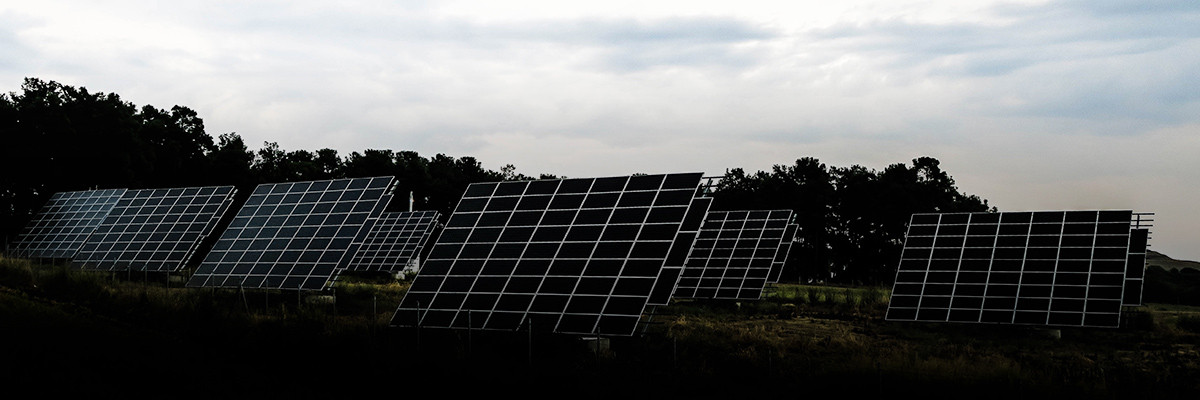
Authors
-
Gareth Scheerder
Former Associate, BSR
Forward-looking businesses are realizing huge cost savings by investing in energy efficiency measures and switching to renewable energy—as well as being able to make and meet ever more ambitious greenhouse gas commitments. Recent trends, such as tumbling renewable energy prices and innovative energy technologies, are driving never-before-seen energy procurement options and tools for companies to decrease the direct cost of their energy use. As companies’ cost structures evolve to take advantage of these trends, energy sourcing and efficiency are being pushed to the forefront of corporate agendas. All industries are finding ways to cash in: This year, 2,000 suppliers reported to CDP that implementing emissions-reduction projects has saved a total of US$12.4 billion. The challenge for companies is to determine which of these capital investment opportunities present the best possible return on investment.
Cost Savings through Investing in Energy Efficiency
Even in the face of low energy prices, corporate leaders are also focused on returns on energy efficiency investments. More than US$200 billion is being invested annually in energy efficiency worldwide, an increase of 6 percent from 2014 to 2015. Examples of investments that have resulted in significant energy efficiency gains and cost savings include:
- Procter & Gamble saved more than US$500 million in 4 years through actions like reducing energy use at its facilities by 20 percent per unit of production.
- Walmart’s fuel efficiency initiatives, such as collaborating with manufacturers on new technologies from 2005-2015, resulted in savings of US$1 billion in 2015. In the process, the company avoided emitting almost 650,000 metric tons of carbon dioxide.
- Dow Chemical invested US$2 billion from 1990-2010 to streamline energy used in manufacturing. This vast capital investment significantly paid off: Dow netted US$7 billion in total savings, a 350 percent return on its initial investment. In the process, Dow has prevented more than 200 million metric tons of greenhouse gas emissions.
- Johnson & Johnson allocates US$40 million each year to energy efficiency projects, resulting in energy cost and emission reductions of 15 percent in the last 10 years.
Cost Savings through Renewable Energy Sourcing
In addition to energy efficiency investments, companies have begun to make the move to renewable energy to support their climate commitments, hedge against future electricity market price fluctuations, and take advantage of plummeting renewable energy prices. Amazon, Apple, Google, and Microsoft have specifically cited the need to protect themselves against price swings and ensure long-term, stable electricity costs at their data centers as a reason to commit to renewable energy, as explained in their amicus brief in support of the U.S. Clean Power Plan. Companies like Facebook, LinkedIn, and Salesforce also recognize this opportunity and are collaborating through BSR’s Future of Internet Power initiative to enhance their ability to procure renewable energy to power data centers.
Procuring energy via renewables is the cheapest option in many places in the United States, and there are several options for companies to leverage the falling cost of renewables, including producing their own renewable energy or setting up long-term contracts and agreements. Power purchase agreements, which lock in renewable energy costs at a specific price, have exploded recently, growing 3,100 percent from 2012 to 2015.
Examples of corporate action around renewable energy procurement include:
- AB InBev recently committed to make the company’s US$400 million a year worth of purchased electricity 100 percent renewable by 2025. CEO Carlos Brito said this decision was rooted in business sense because in many markets, it is already cheaper to go renewable.
- The case to switch to renewable energy was so compelling that MGM Resorts and Wynn Resorts are paying fees in excess of US$150 million to their current electricity provider to exit their utility contract and control their own energy costs. Along with the lower cost of solar in Nevada and California, MGM and Wynn said the decision was influenced by clients’ increasing demands for the resorts to use responsible energy sources. The resorts project that the savings and value creation will exceed the exit fees.
- General Motors recently signed with EDP Renewables North America for a 14-year supply of wind energy. Through this project and others like it, General Motors estimates that it is saving US$5 million annually, and the company announced plans to increase investment to bring more projects online.

Leading companies are leveraging energy efficiency technologies and low-cost renewable sourcing options to make greenhouse gas commitments and support global climate goals, and in the process, are saving millions of dollars. These commitments have included pursuing 100-percent renewable energy through the RE100 initiative or working with the Science-Based Targets initiative to align with the Paris Agreement and contribute to the absolute emissions reductions needed for the planet to stay within 2°C warming above pre-industrial levels.
Companies that embrace these trends and move them to the forefront of their corporate agendas will improve their energy cost structures and position themselves to prosper in the new low-carbon economy.
Topics
Let’s talk about how BSR can help you to transform your business and achieve your sustainability goals.








